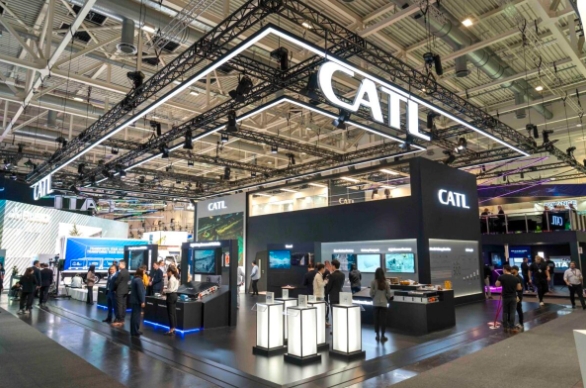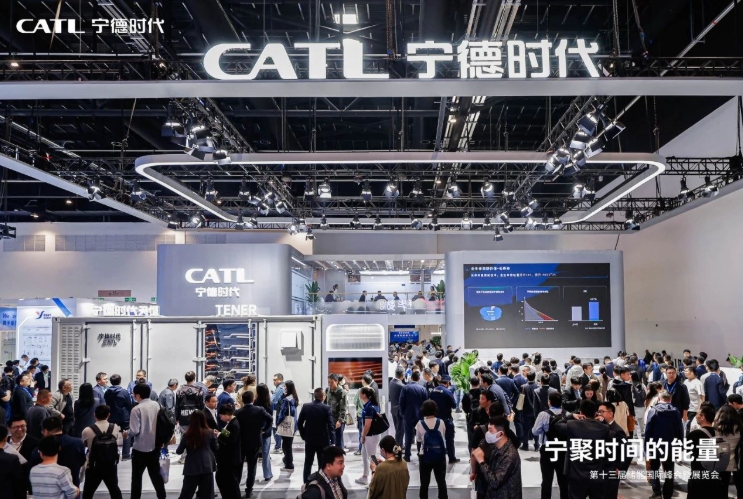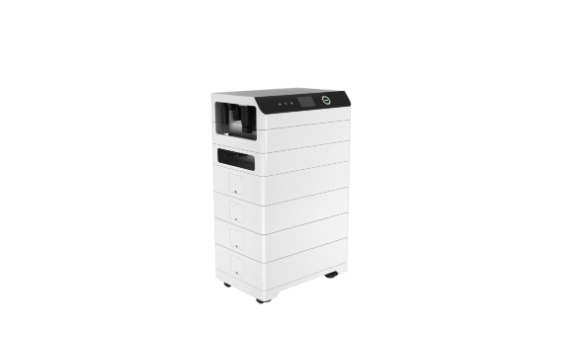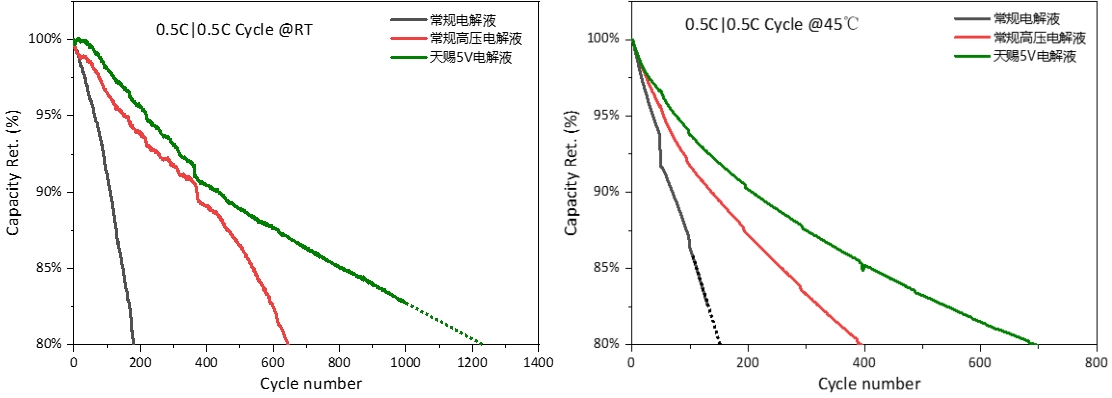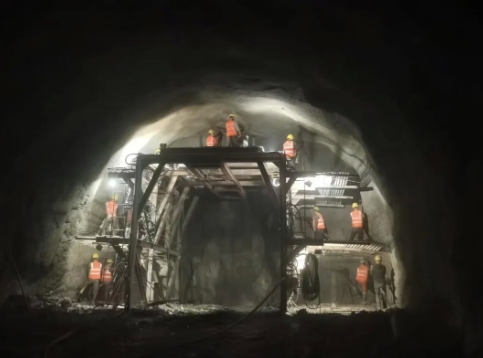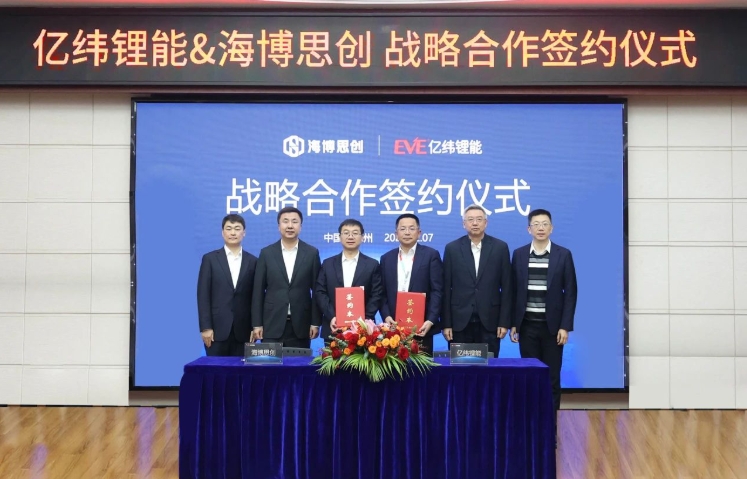Betavolt says the atomic energy batteries will be stable and self-generating for 50 years without maintenance. The batteries have entered the pilot stage and will be put into the market for mass production.
Betavolt atomic energy batteries can meet power supply needs in applications such as aerospace, AI equipment, medical devices, MEMS systems, advanced sensors, small drones and micro-robots.
Nuclear batteries convert the energy released by nuclear isotope decay into electrical energy through a semiconductor converter. This is a field that the United States and the Soviet Union focused on in the 1960s. At present, there are only thermoelectric nuclear batteries (radioisotope thermoelectric generator) used in aerospace. This kind of battery has large volume and weight, a high internal high temperature, is expensive, and cannot be used for civilian applications.
Recently, the miniaturization, modularization and civilianization of nuclear batteries have been pursued by US and European researchers. China’s 14th Five-Year Plan and Vision Goals for 2035 also put forward the future development trend of the civilianization of nuclear technology and the multi-purpose development of nuclear isotopes.
Betavolt nuclear batteries generate current through the semiconductor transition of beta particles (electrons) emitted by the radioactive source nickel-63. In order to do this, Betavolt’s team of scientists developed a unique single crystal diamond semiconductor with a thickness of only 10 microns.
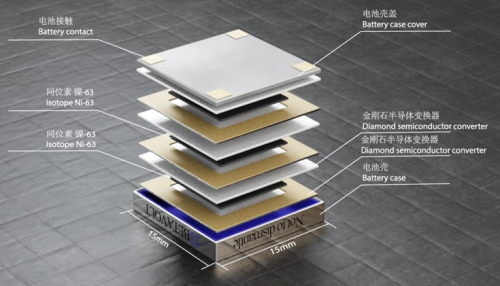
Diamond semiconductors belong to the class of Ultra Wide Band Gap (UWBG) semiconductors; their dielectric breakdown strength is at least three times higher than that of SiC devices, and also offers superior thermal conductivity.
A 2-micron-thick nickel-63 sheet was placed between two diamond semiconductor converters to convert the decay energy of the radioactive source into electric current and form a separate unit. Nuclear batteries are modular, can be composed of dozens or hundreds of independent unit modules, and can be used in series and in parallel, so battery products of different sizes and capacities can be manufactured.
Nuclear batteries are not electrochemical batteries; the energy density is more than 10 times that of ternary lithium batteries. With 50 years of self-generating power, there is no concept of the number of cycles (2000 charges and discharges) as with electrochemical batteries. The power generation of the nuclear battery is stable and will not change due to harsh environment and load. It can work normally in the range of 120 degrees above zero and minus 60 degrees, and there is no self-discharge.
Betavolt says its device is safe and emits no external radiation. Atomic energy batteries are environmentally friendly, the company says. The nickel-63 isotope decays into copper with a half-life of approximately 100 years. After decay, it would not pose any threat to the environment. Therefore, unlike existing chemical batteries, nuclear batteries do not require an expensive recycling process, Betavolt said.
Betavolt has registered patents in Beijing and will begin to register global PCT patents. Betavolt has also communicated with Chinese professional nuclear research institutions and universities, and plans to continue to study the use of strontium 90, plethium 147 and deuterium and other isotopes to develop atomic energy batteries with higher power and a service life of 2 to 30 years.
